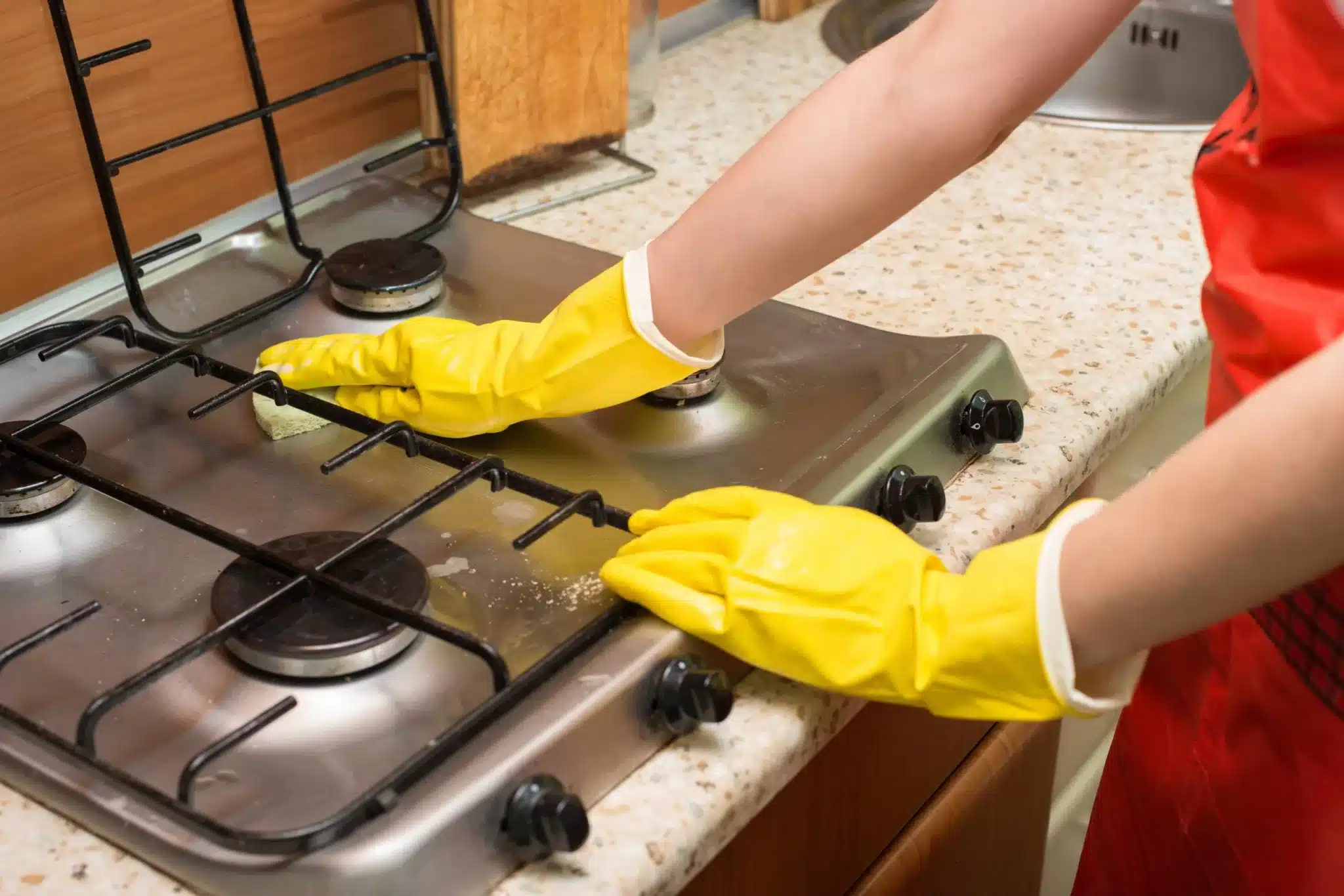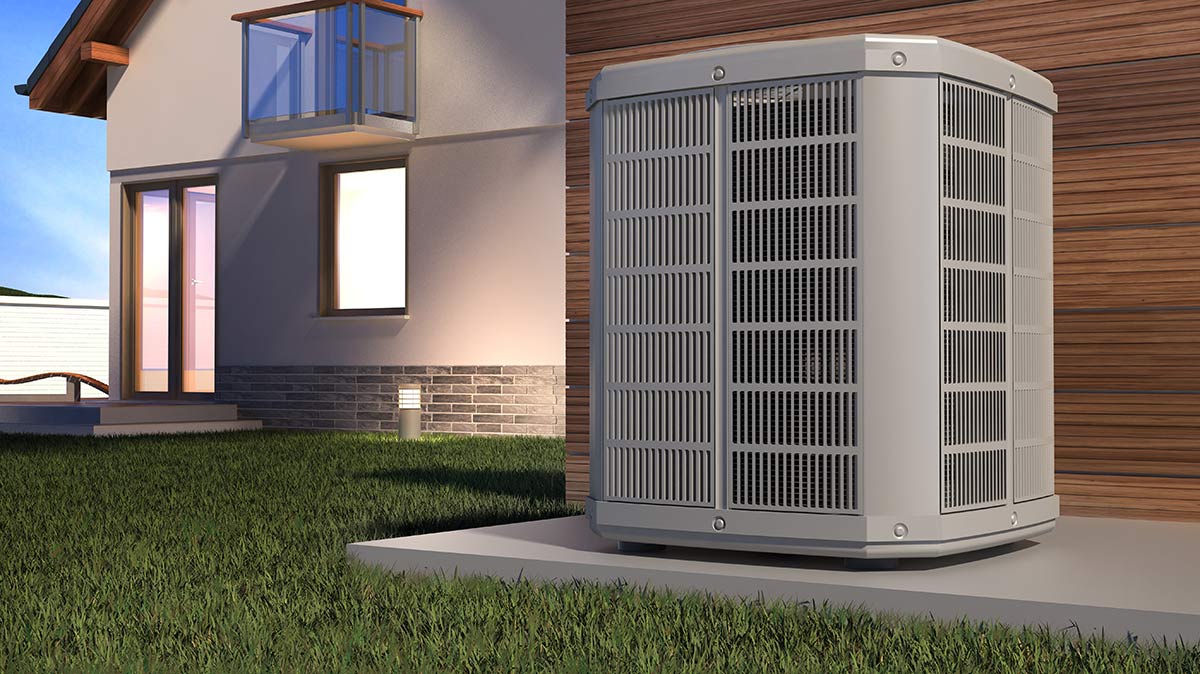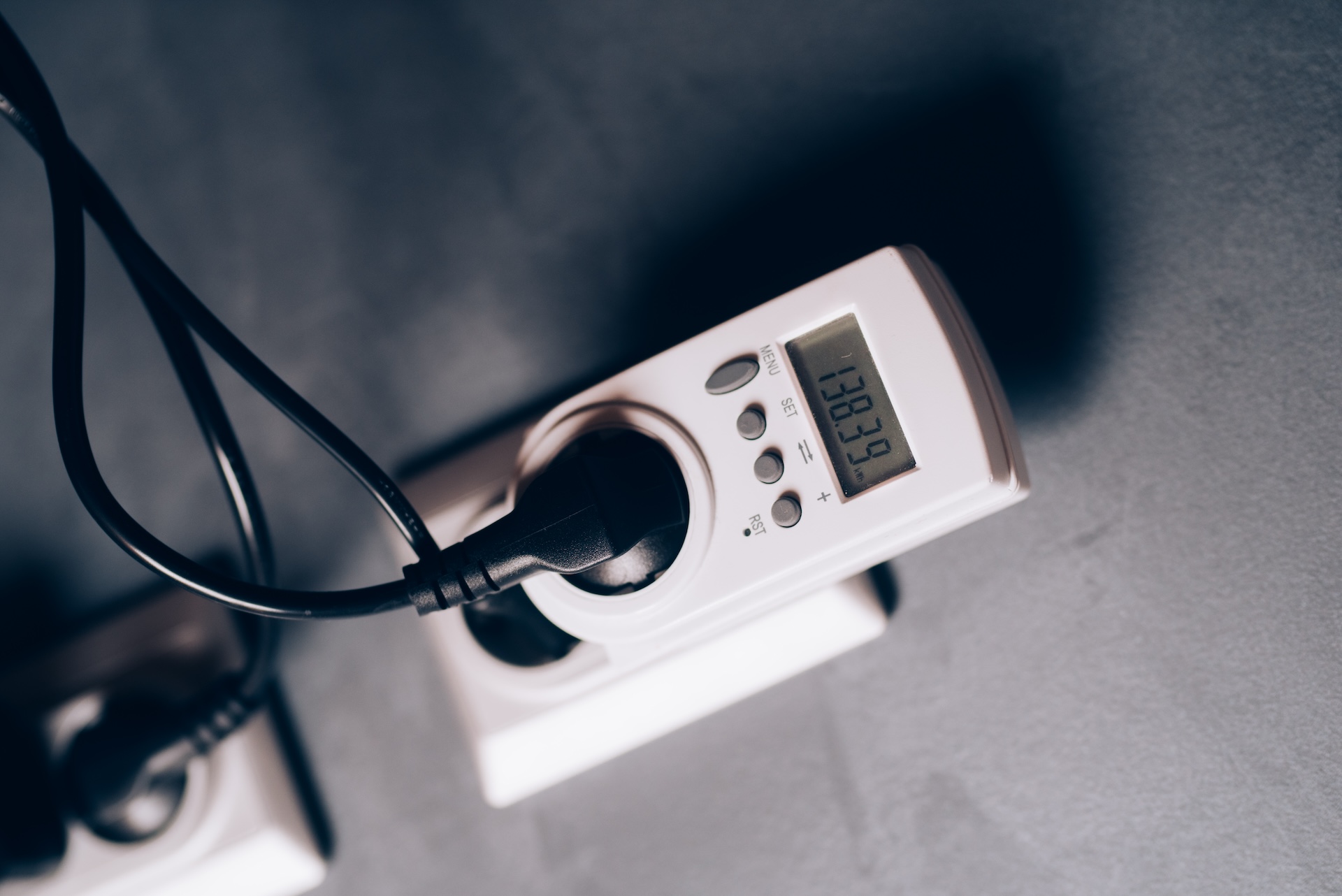4 Easy-to-follow Tips for Maintaining Your Home Appliances
Regular maintenance of home appliances is crucial for their optimal functioning. From frequent cleaning to replacing filters and parts, you can easily extend the lifespan and avoid expensive repairs due to sudden breakdowns.
In this post, we will discuss four easy-to-follow home appliance maintenance tips. Paying attention to them will help you ensure that your appliances stay in good condition.
Ready? Let’s go!
1. Regular Cleaning
One of the simplest yet most effective ways to extend the life of your appliances is by keeping them clean. Ideally, you should have a daily routine for cleaning your appliances whether with a soft dry cloth, damp cloth or as required. You should also have a schedule that accommodates frequent and deep cleaning.
Here are a few pointers for cleaning your appliances:
Remove dust and debris
Dust and debris can pile up on the exterior of appliances, enter into their vents and cause them to overheat. This may put your appliance at risk of overheating or reduce its performance.
Imagine you have a water dispenser that hasn’t been cleaned in a long time. Dust particles from the environment begin to settle on the dispenser and some creep into the vents. Soon, the water filters get clogged with debris and the dispenser starts to produce water that has particles floating in it. This is unhealthy for consumption and may cost you even more money to fix, which could have been avoided with regular cleaning.
See? It’s vital that you clean your appliances often enough — be it water dispensers, ovens, television sets, air conditioners and so on. This will not only keep your appliance in shape but could consequently contribute to your well-being.
Clean filters and vents
Clogged filters and air vents can restrict airflow and reduce appliance efficiency.
Make it a habit to clean these components, especially in appliances like air conditioners, dryers, washing machines and so on. This simple maintenance routine will help you preserve the functionality of your appliances.
Prevent mould and mildew
For appliances involving moisture, such as washing machines, refrigerators, and dishwashers, moulds and mildew can become persistent problems. So, proper maintenance hacks demand that you dry your appliances thoroughly after each use. Wipe down any spills or leaks immediately.
Also, a deep cleanse will help you get to hard-to-reach areas where dirt may accumulate over time and cause moulds. Additionally, you may also leave appliance doors ajar when not in use to allow for proper ventilation and prevent the buildup of moisture.
2. Replace Filters and Parts
Next on our list of home appliance maintenance tips is replacing your appliances’ filters and parts. Often, disposable filters and parts in home appliances need to be replaced to extend their lifespan. But, you don’t just want to do this randomly. It’s advisable to check your appliance’s manual for recommended replacement intervals and stick to them.
Identify worn-out components and replace them as needed. Pay attention to signs of wear, such as strange noises, reduced performance, grease pile-up, or unusual odors. If you suspect a component is worn out, replace the faulty part promptly.
Of course, you first have to find the appropriate replacement parts. This can be a little tricky but here are a few ways to make the process easier:
Locate the appliance’s model number and serial number. Typically, refrigerators, microwaves, ovens and dishwashers have the model number inside the door. See an example below:
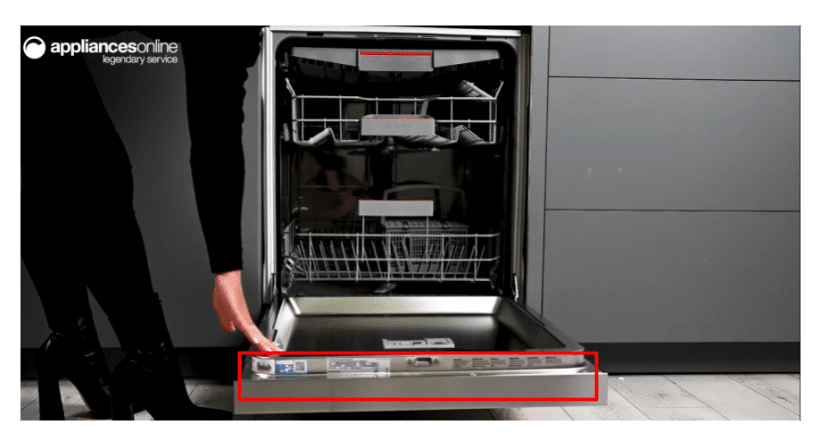
For other appliances, you may find the model number on a printed label somewhere around the body. Here’s what the model number could look like:
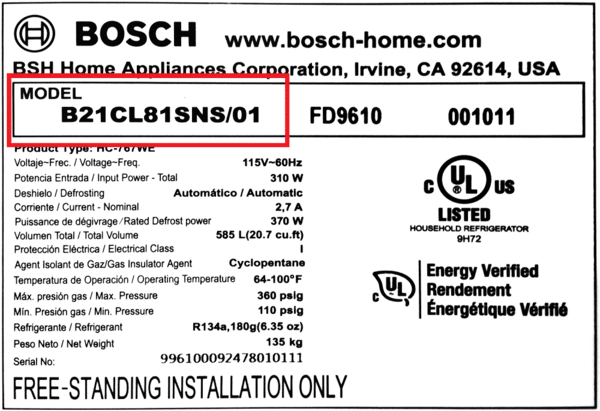
Reach out to the appliance’s manufacturer. Many manufacturers have customer support services that can help you identify the correct replacement part based on your appliance’s model number and the issue you’re experiencing. You’ll find the customer support details on your appliance’s packaging or manual. Or, you may just search for the brand online.
For example, if your Smeg dishwasher is faulty, you may simply search for “Smeg customer support + your location” like what we have below:
Once you get in touch with the manufacturer, you can go ahead to tell them the problem. They may also show you where to purchase genuine replacement parts.
Online resources like the manufacturer’s website, appliance repair websites, and dedicated parts suppliers can also be helpful. Simply search for your appliance’s model number to find a list of compatible replacement parts. Read user reviews and ratings to gauge the reliability of the parts and the supplier.
Before buying a new part, double-check the compatibility of the replacement part with your appliance’s model. Ensure it matches in terms of size, specifications, and functionality. Compare the new parts with the old ones to verify that they are identical.
If you’re comfortable with installing the new part yourself and have the basic tools, you may go ahead. Otherwise, it’s best to seek a professional. Just like finding the manufacturer, a simple online search for professional dishwasher repairs in Melbourne, Sydney, Darwin or your current location will help you find a good technician. Be sure to look at reviews too.
3. Avoid Overloading
Overloading major appliances like washing machines, dishwashers, and ovens can lead to premature breakdowns. Familiarize yourself with the recommended load capacities and loading guidelines for each appliance— again, you’ll find this in the manual.
Avoid stuffing appliances like refrigerators, dishwashers, washing machines or blenders to the brim, as this can strain the motors and cause damage.
Overworked appliances are more prone to overheating, which can lead to expensive repairs or replacements. Give your appliance care by allowing a breather between cycles, especially for those with heavy usage.
By adhering to proper loading guidelines and avoiding overloading, you’ll be able to prevent immediate damage. You’ll also ensure that your appliances continue to serve you faithfully for years to come.
4. Perform Regular Inspections
Just as you visit the doctor for regular checkups, your appliances benefit from scheduled inspections. Consider setting reminders to inspect your appliances quarterly or semi-annually. This proactive approach allows you to catch potential issues before they escalate into major problems.
During your inspections, keep an eye out for any unusual signs or sounds. Is your refrigerator making a strange noise? Is your dishwasher having problems? Addressing these issues early can prevent more significant problems down the road.
To help you get started, create a simple checklist highlighting things you want to check during your routine maintenance and cleaning process.
Here’s a sample inspection checklist for an oven. You can also tweak this for kitchen appliances, laundry appliances and other types of household appliances you own:
This checklist can serve as a handy reference during your regular inspections, ensuring you don’t miss any critical maintenance tasks. It’ll help if you split the checklist based on different appliance components so that you can have a thorough inspection. Then, you and go ahead to promptly fix the issues you identify. You can also reach out to an appliance servicer who can help with these routine checks.
Conclusion
Maintaining your home appliances is essential keeping them in tip-top shape. Remember that a little proper care can save you from the inconvenience and expense of appliance breakdowns in the future. Your appliances work hard for you; return the favour by keeping them in top-notch condition.
Regular cleaning, replacing filters and parts, avoiding overloading, and performing regular inspections are important home appliance maintenance tips you want to keep close by.
Now, you can implement these tips and get the best value from your appliances. Good luck!

